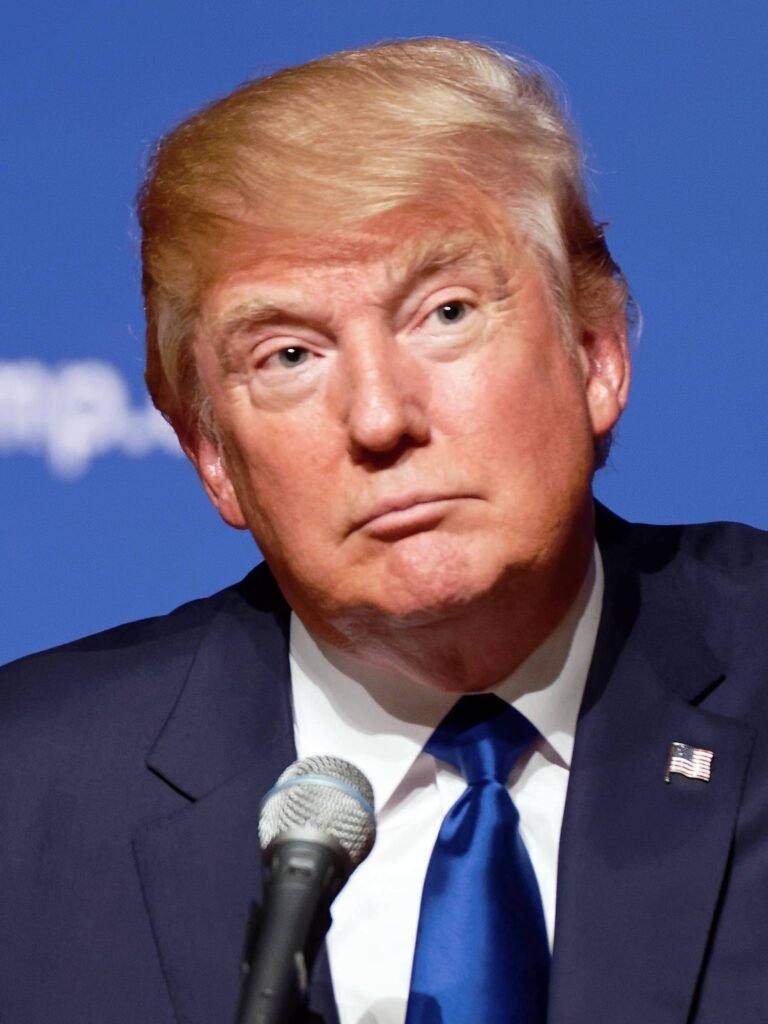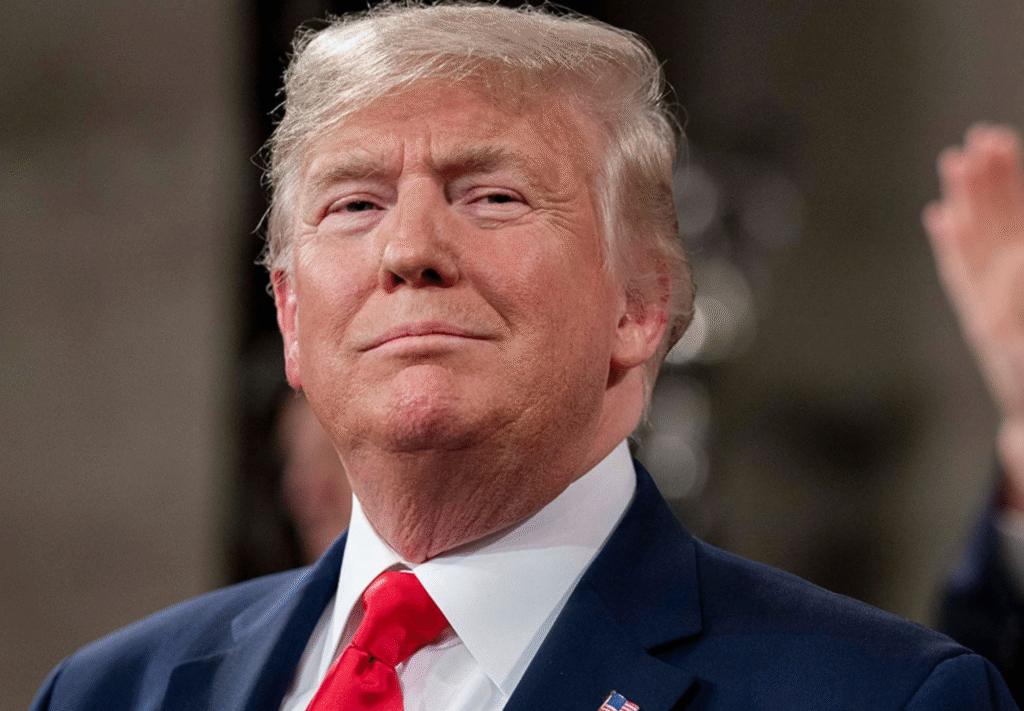World News
NATO announces $1B fund to back startups supporting ‘safety, freedom and human empowerment’ on August 1, 2023 at 7:53 am
After announcing plans nearly two years ago, defense alliance NATO has officially closed its first fund to back startups that are building technology strategic to NATO’s own goals in defense and security.
Member nations are collectively committing capital totalling €1 billion (around $1 billion at current rates) to the NATO Innovation Fund, which plans to make both direct investments in startups, as well as indirect investments in other funds that in turn back startups focused on emerging and disruptive technologies that are “responsible and led by fundamental principles: safety, freedom, and human empowerment.” Areas of focus will include AI and autonomy, biotechnology, quantum computing, space technology and hypersonic systems, energy, new manufacturing and materials, and next-generation communications.
Modelled somewhat on In-Q-Tel in the U.S., the idea will be to keep the investments strategic, with some (but maybe not all) investments leading to services that its member states, or NATO itself, might use. The NIF will look mainly at early stage investments — that is from pre-seed through to Series B — and it might also make follow-on investments. Initial checks will be up to €15 million. The first investments will be announced in September, the organization said; none have been made so far.
The aim is to operate NIF like a “classic VC.” That is to say, there will be future funds, and it’s been designed to exist in perpetuity, a spokesperson said.
Many countries have notably set up sovereign funds that back technology startups and investors, both in their own countries and in other geographies and categories viewed as strategic; NATO says that its Innovation Fund will be the “first multi-sovereign venture capital fund,” covering contributions from NATO members.
The 23 countries involved in the first NATO Innovation Fund sub-fund 1 are Belgium; Bulgaria; Czechia; Denmark; Estonia; Finland; Germany; Greece; Hungary; Iceland; Italy; Latvia; Lithuania; Luxembourg; Netherlands; Norway; Poland; Portugal; Romania; Slovakia; Spain; Turkey; United Kingdom. Sweden will also be joining the group following its full accession to NATO, and that will add an additional €40 million into the pot, a spokesperson confirmed.
NATO has long been a player in procurement, but this shifts its focus to working with businesses that might also have an indirect impact on the security postures of its member countries.
That could include cybersecurity, but also deep tech, as well as technologies that can help countries develop better energy or other resource independence.
Priorities like these have become especially stark in recent years. Russia’s invasion and subsequent war in Ukraine has highlighted just how interconnected countries are economically in Europe, and how interrupting production and supply chains in one can have huge, detrimental impacts in others. Similarly, over-dependence on single technology companies for certain services is also especially risky, and so spreading bets and diversifying the markets and putting money into that effort also helps build NATO’s security posture.
At the same time, the adoption of newer technologies and innovations has clearly shaped up as a critical component of how nations — or a consortium of nations — defend themselves in the twenty-first century (and of course nations and states use innovation also for offence, not just defense). Given the role that startups and newer businesses are playing in that innovation economy, NATO taking bigger steps to captalize on that is equally critical right now.
The fund is being set up with a founding team that will take on an executive role, leading on sourcing and making investments. That will be complemented by a board of directors that will have more of a non-executive role, providing advice and helping to steer those decisions. The founding team will include managing partner Andrea Traversone supported by Kelly Chen, Thorsten Claus, Patrick Schneider-Sikorsky and Chris O’Connor. The board will be led by Dr. Klaus Hommels (who founded Lakestar), Dame Fiona Murray and Dr. Roberto Cingolani.
Given the layers of drawn-out bureaucracy — or, in a more charitable light, checks and balances — that NATO has had in place since its inception after World War II, it will be interesting to see how the Innovation Fund operates — and specifically, whether it figures out how to move in a more nimble way to be more responsive to the startup ecosystem.
The “In venture capital, the senior management team are the brains behind investment decisions,” David van Weel, NATO Assistant Secretary General for Emerging Security Challenges, said in a statement provided over email. “I am confident that the NATO Innovation Fund’s Founding Team has the experience, drive and capability necessary to deliver the NIF’s mission.”
Other questions that have yet to be addressed publicly are whether NATO will have any red lines in terms of what kinds of companies it would not back, and whether it will have restrictions on who it would co-invest with, and if so what those might be. Nor is it clear if NATO will be transparent on every investment that it makes, or whether there will be some that remain undisclosed.
Answers to questions we put forward on these subjects might be addressed in the update in September. (Or, they might not.)
The innovation fund is one part of a one-two punch that NATO is making to broker more engagement with startups and innovation-focused businesses in its footprint. It’s also building out the DIANA accelerator to back and work more closely with startups that are building “dual-tech” solutions — those that might have a very direct and obvious application in NATO’s core activities, but also longer term applications that might not.
After announcing plans nearly two years ago, defense alliance NATO has officially closed its first fund to back startups that are building technology strategic to NATO’s own goals in defense and security. Member nations are collectively committing capital totalling €1 billion (around $1 billion at current rates) to the NATO Innovation Fund, which plans to
News
US May Completely Cut Income Tax Due to Tariff Revenue

President Donald Trump says the United States might one day get rid of federal income tax because of money the government collects from tariffs on imported goods. Tariffs are extra taxes the U.S. puts on products that come from other countries.

What Trump Is Saying
Trump has said that tariff money could become so large that it might allow the government to cut income taxes “almost completely.” He has also talked about possibly phasing out income tax over the next few years if tariff money keeps going up.
How Taxes Work Now
Right now, the federal government gets much more money from income taxes than from tariffs. Income taxes bring in trillions of dollars each year, while tariffs bring in only a small part of that total. Because of this gap, experts say tariffs would need to grow by many times to replace income tax money.
Questions From Experts
Many economists and tax experts doubt that tariffs alone could pay for the whole federal budget. They warn that very high tariffs could make many imported goods more expensive for shoppers in the United States. This could hit lower- and middle‑income families hardest, because they spend a big share of their money on everyday items.
What Congress Must Do
The president can change some tariffs, but only Congress can change or end the federal income tax. That means any real plan to remove income tax would need new laws passed by both the House of Representatives and the Senate. So far, there is no detailed law or full budget plan on this idea.

What It Means Right Now
For now, Trump’s comments are a proposal, not a change in the law. People and businesses still have to pay federal income tax under the current rules. The debate over using tariffs instead of income taxes is likely to continue among lawmakers, experts, and voters.
News
Epstein Files to Be Declassified After Trump Order

Former President Donald Trump has signed an executive order directing federal agencies to declassify all government files related to Jeffrey Epstein, the disgraced financier whose death in 2019 continues to fuel controversy and speculation.
The order, signed Wednesday at Trump’s Mar-a-Lago estate, instructs the FBI, Department of Justice, and intelligence agencies to release documents detailing Epstein’s network, finances, and alleged connections to high-profile figures. Trump described the move as “a step toward transparency and public trust,” promising that no names would be shielded from scrutiny.
“This information belongs to the American people,” Trump said in a televised statement. “For too long, powerful interests have tried to bury the truth. That ends now.”
U.S. intelligence officials confirmed that preparations for the release are already underway. According to sources familiar with the process, the first batch of documents is expected to be made public within the next 30 days, with additional releases scheduled over several months.
Reactions poured in across the political spectrum. Supporters praised the decision as a bold act of accountability, while critics alleged it was politically motivated, timed to draw attention during a volatile election season. Civil rights advocates, meanwhile, emphasized caution, warning that some records could expose private victims or ongoing legal matters.
The Epstein case, which implicated figures in politics, business, and entertainment, remains one of the most talked-about scandals of the past decade. Epstein’s connections to influential individuals—including politicians, royals, and executives—have long sparked speculation about the extent of his operations and who may have been involved.

Former federal prosecutor Lauren Fields said the release could mark a turning point in public discourse surrounding government transparency. “Regardless of political stance, this declassification has the potential to reshape how Americans view power and accountability,” Fields noted.
Officials say redactions may still occur to protect sensitive intelligence or personal information, but the intent is a near-complete disclosure. For years, critics of the government’s handling of Epstein’s case have accused agencies of concealing evidence or shielding elites from exposure. Trump’s order promises to change that narrative.
As anticipation builds, journalists, legal analysts, and online commentators are preparing for what could be one of the most consequential information releases in recent history.
Politics
Netanyahu’s UN Speech Triggers Diplomatic Walkouts and Mass Protests

What Happened at the United Nations
On Friday, Israeli Prime Minister Benjamin Netanyahu addressed the United Nations General Assembly in New York City, defending Israel’s ongoing military operations in Gaza. As he spoke, more than 100 delegates from over 50 countries stood up and left the chamber—a rare and significant diplomatic walkout. Outside the UN, thousands of protesters gathered to voice opposition to Netanyahu’s policies and call for accountability, including some who labeled him a war criminal. The protest included activists from Palestinian and Jewish groups, along with international allies.

Why Did Delegates and Protesters Walk Out?
The walkouts and protests were a response to Israel’s continued offensive in Gaza, which has resulted in widespread destruction and a significant humanitarian crisis. Many countries and individuals have accused Israel of excessive use of force, and some international prosecutors have suggested Netanyahu should face investigation by the International Criminal Court for war crimes, including claims that starvation was used as a weapon against civilians. At the same time, a record number of nations—over 150—recently recognized the State of Palestine, leaving the United States as the only permanent UN Security Council member not to join them.
International Reaction and Significance
The diplomatic walkouts and street protests demonstrate increasing global concern over the situation in Gaza and growing support for Palestinian statehood. Several world leaders, including Colombia’s President Gustavo Petro, showed visible solidarity with protesters. Petro called for international intervention and, controversially, for US troops not to follow orders he viewed as supporting ongoing conflict. The US later revoked Petro’s visa over his role in the protests, which he argued was evidence of a declining respect for international law.

Why Is This News Important?
The Gaza conflict is one of the world’s most contentious and closely-watched issues. It has drawn strong feelings and differing opinions from governments, activists, and ordinary people worldwide. The United Nations, as an international organization focused on peace and human rights, is a key arena for these debates. The events surrounding Netanyahu’s speech show that many nations and voices are urging new action—from recognition of Palestinian rights to calls for sanctions against Israel—while discussion and disagreement over the best path forward continue.
This episode at the UN highlights how international diplomacy, public protests, and official policy are all intersecting in real time as the search for solutions to the Israeli-Palestinian conflict remains urgent and unresolved.

 Entertainment5 days ago
Entertainment5 days agoWicked Sequel Disappoints Fans: Audience Verdict on For Good

 Entertainment3 weeks ago
Entertainment3 weeks agoAfter Party: Festival Winner for Best Romantic Short

 News3 weeks ago
News3 weeks agoCamp Wackapoo – Rise of Glog Takes Center Stage

 News2 weeks ago
News2 weeks agoYolanda Adams Questions Traditional Views on God’s Gender, Audience Reacts

 Entertainment3 weeks ago
Entertainment3 weeks agoFrancisco Ramos Takes Top Mockumentary Award at Houston Comedy Film Festival

 Politics3 weeks ago
Politics3 weeks agoTrump’s $2,000 Tariff Dividend Plan: Who Gets Paid?

 Politics4 weeks ago
Politics4 weeks agoMamdani’s Victory Triggers Nationwide Concern Over New York’s Future

 Film Production3 weeks ago
Film Production3 weeks agoWhy China’s 2-Minute Micro Dramas Are Poised To Take Over The U.S.



























